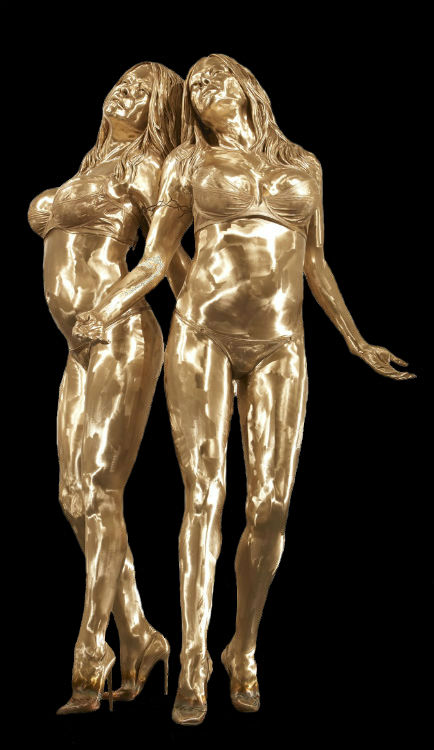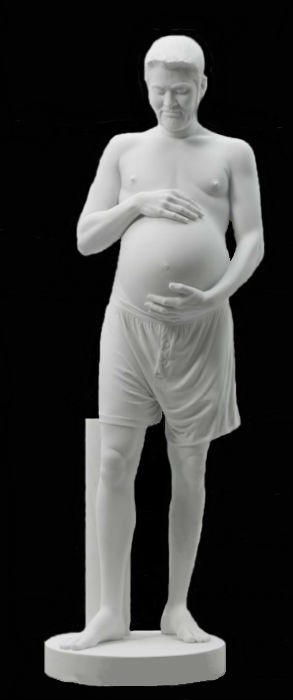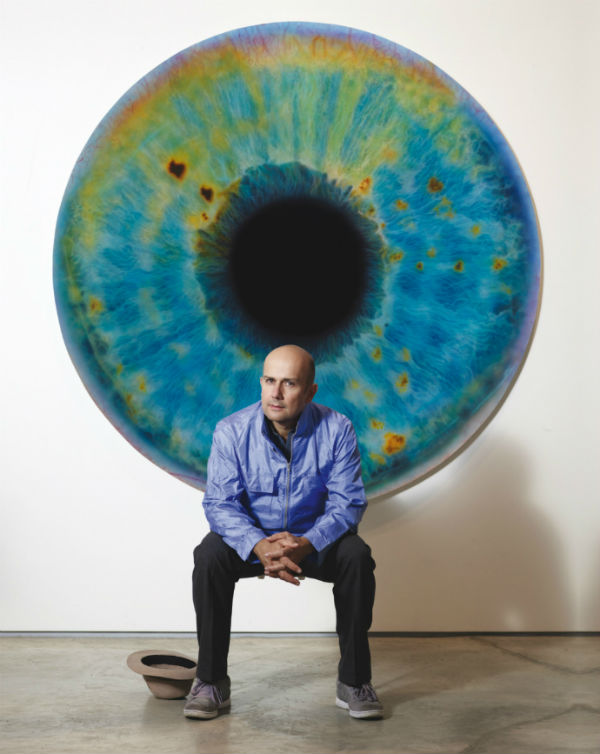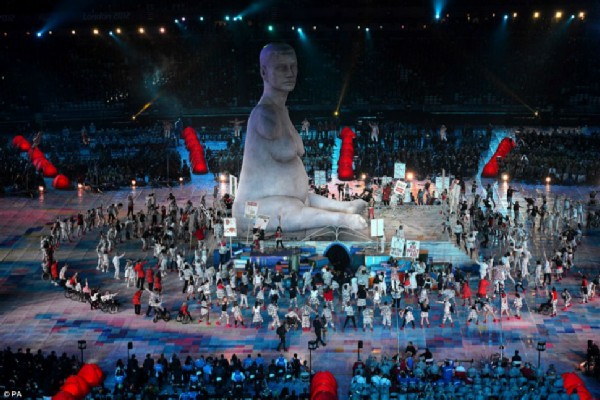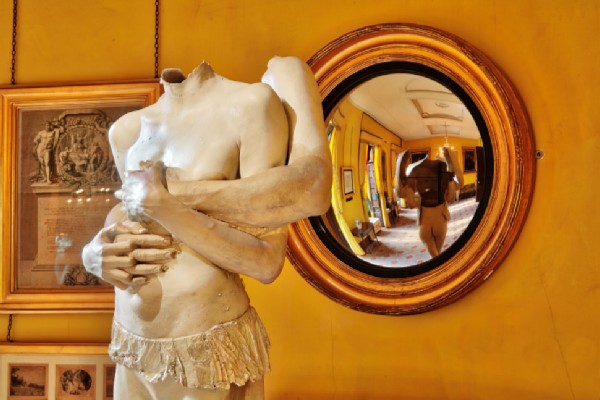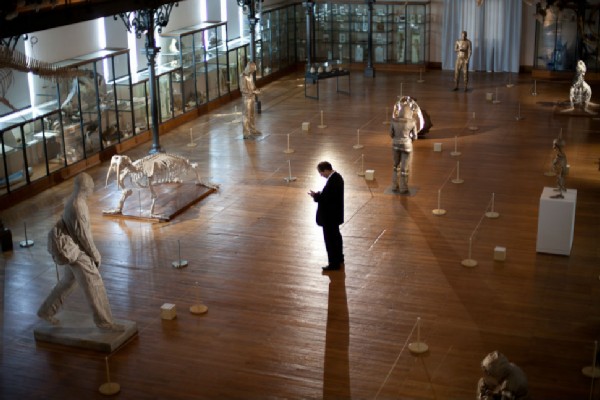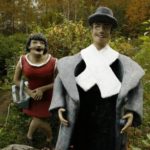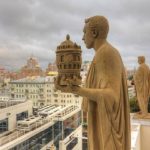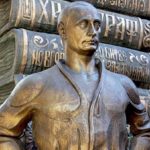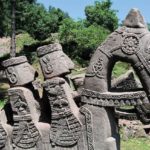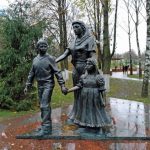Outrageous sculptures by Marc Quinn
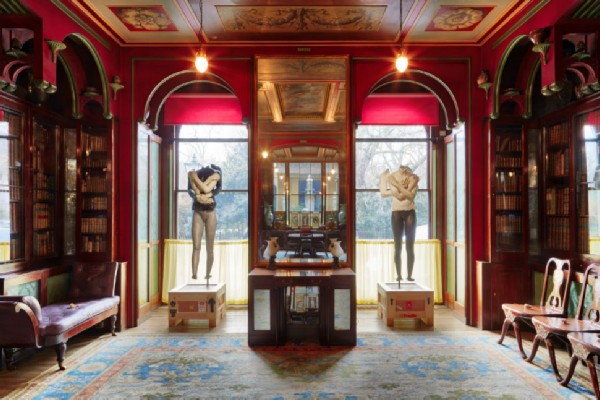
Marc Quinn (born January 8, 1964 in London) is an English artist and sculptor, one of the figures of the Young British Artists group, which has dominated the art scene since the 1990s.
Marc Quinn Biography
He studied at Robinson College (Cambridge). Unlike many representatives of the group “Young British Artists” (“Young British Artists”), he did not study at Goldsmiths College and did not take part in the exhibition “Freeze”.

Self series
In 1997, at the exhibition “Sensation” (“Sensation”), Quinn’s work “Self” (“Myself”) was exhibited, which in 1991 was bought by patron Charles Saatchi for 13,000 pounds and thus was part of the collection Saatchi, from which the exposition of the exhibition was composed. This unusual self-portrait is interesting not so much for its technique as for the material chosen by the author for the work – the installation “Self” (1991) is a sculptural image of the artist’s head made from his own frozen blood (5 liters, which he donated for 5 months).
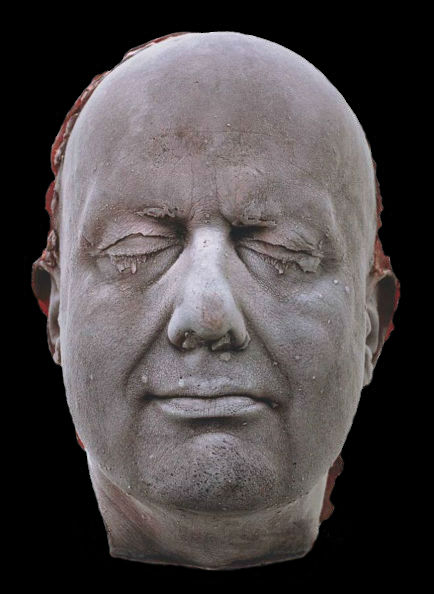
What is interesting is that the sculptor did not stop at depicting himself from his own frozen blood: there are four sculptures in the “Self” series: the first is from 1991, from which the project traces its history, and it is followed by the heads created by in 1996, 2001 and 2006.
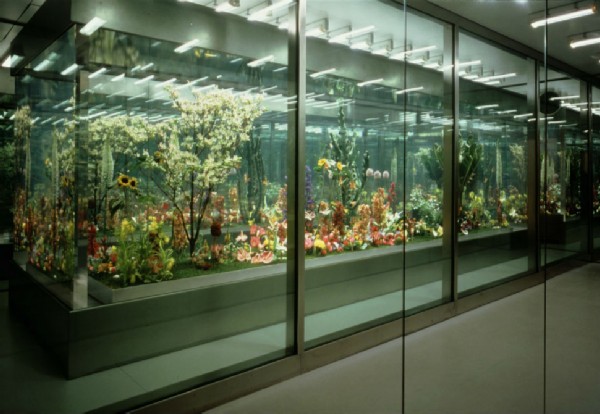
Garden
Another interesting work of Mark Quinn – “Garden” (“Garden”), created by him in 2000 – a real botanical garden full of plants and flowers from all over the world. They are potentially eternal: almost a thousand specimens of various plants are immersed in twenty-five tons of liquid silicone, stored at a constant temperature of -80 degrees Celsius. Plants can neither grow nor die. Artificially created frozen beauty.
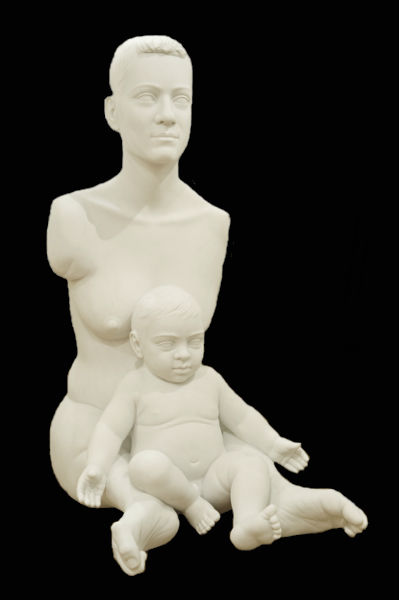
In 2000, Mark Quinn completed the work “Peter Hull” (“Peter Hull”). This is a sculptural image of the winner of three gold medals at the Paralympic Games in Barcelona in 1992, Peter Hull.
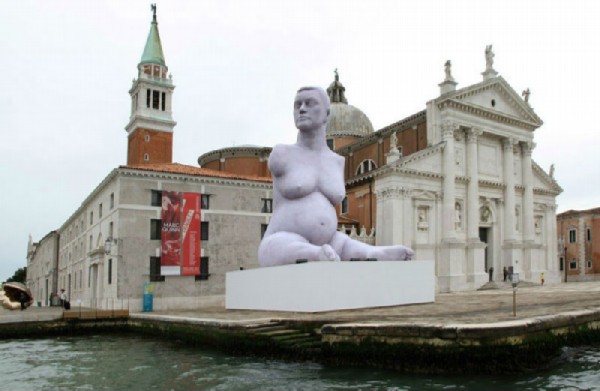
Sculptural images of people without limbs became one of Mark Quinn’s chips and among them the most famous was his sculpture “Alison Lapper” (“Alison Lapper”) – a fifteen-ton marble statue of the artist Alison Lapper, who was born without arms and with severely deformed legs. Quinn repeatedly turned to the image of Alison Lapper, who deserves a separate story, if not as an artist, then as a person of very difficult fate and extraordinary courage.

Evolution
In 2005-2009, Mark Quinn created a series of sculptures under the general name “Evolution” (“Evolution”). The essence of this installation is that the evolution of life on earth is similar to the evolution of a fetus in the womb. So many beautiful pink marbles for an anatomy and physiology class.
In August 2008, Quinn unveiled an exotic gold sculpture by Kate Moss from the Sphinx series called “Siren” (“Siren”), which was positioned as “the largest gold statue since ancient Egypt.”

Kate Moss
Later, in 2014, the artist installed another statue of Kate Moss in Singapore, but in a different pose.
In 2010, Mark Quinn created a number of sculptures, the most notable of which are the work “The Ecstatic Autogenesis of Pamela”, depicting Pamela Anderson and the sculpture of pornographic actress Chelsea Charms.
In 2016, for the Sir John Soane Museum, Mark Quinn created a series of twelve sculptures under the title “All of love”.
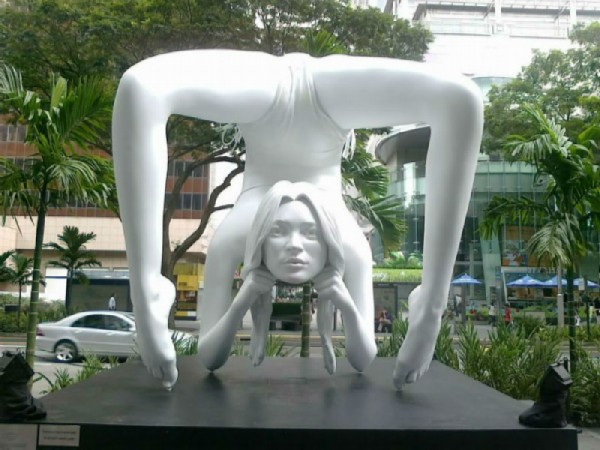
Sir John Soane’s Museum is a memorial and art museum in London (UK), located in the home of the famous architect and collector of antiquities, John Soane. Actually founded in 1833, it was opened to the public in 1837. The museum contains the creative heritage of John Soane in the form of drawings, as well as a large number of works of art and antiquities.
